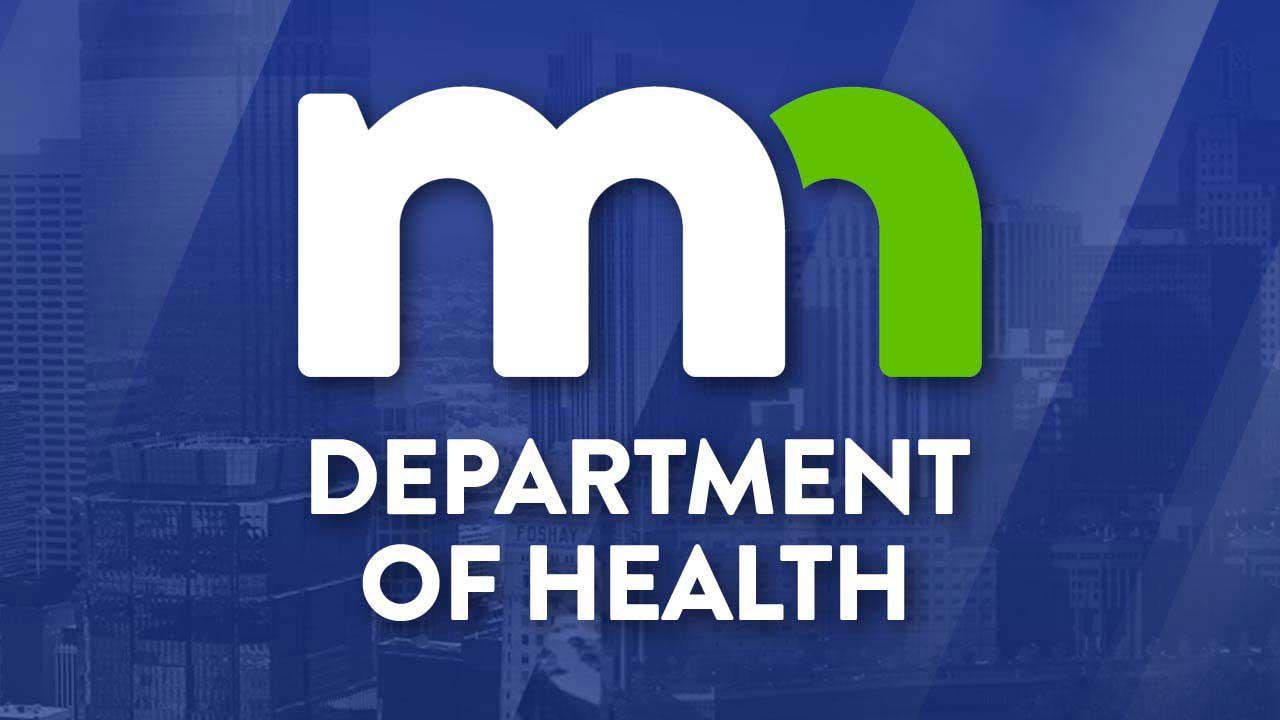MDH recommends workgroup to focus on deaths during law enforcement service calls

Minnesota health officials are recommending the state put together a workgroup to focus on how to prevent future deaths during law enforcement service calls and encounters.
Friday, the Minnesota Department of Health released a report aimed at getting a better understanding of what is leading to deaths during law enforcement service calls.
“When a death occurs during an encounter with law enforcement, we know there are effects for the person who lost their life, others involved, families, and communities,” MDH Commissioner Jan Malcolm said in a statement. “This report is a start for exploring the challenges and opportunities we face to find upstream solutions for reducing the health and safety consequences of these events and to potentially prevent loss of life among civilians and officers.”
MDH said a public health approach — aiming only to understand changes that could help reduces adverse outcomes, not whether they’re justifiable — are currently used for complex issues like maternal mortality, infant deaths, motor vehicle crashes and drug overdose deaths, and could be helpful in slowing deaths during law enforcement service calls.
The department’s report found 177 fatalities during law enforcement service calls and encounters from 2016 through 2021 in the state. Of those incidents, 45% were due to interpersonal use of force, 31% were ruled suicides, 22% were accidents and the other 2% couldn’t be determined. Also, 120 of the deaths resulted from at least one gunshot wound, 44 were from a vehicle collision, two were drownings, two from restraints, two from falls, one from stabbing and six from medical emergencies.
Analysis of the incidents found racial disparities, MDH officials say. Though most encounters involved white Minnesotans, Black civilians were around 4.5 times more likely to be involved in a fatal encounter and American Indians were 5.7 times more likely than their white counterparts.
While the data averaged out to around 30 deaths per year, they’ve been slowly rising since 2017, when 25 deaths were reported compared to 36 in 2021.
Additionally, the report says one law enforcement official died during an encounter in that timeframe. MDH noted that more information on law enforcement injuries is available online.
“This collection of data serves as another part of the community conversation that we should all be engaged in so that we can explore how to prevent, reduce and address fatal interactions. It’s key to understand that these cases are not a single point in time that begins or ends when law enforcement gets involved,” said Minnesota Department of Public Safety Commissioner John Harrington. “We know from our own Working Group to examine Police-Involved Deadly Force Encounters that law enforcement professionals are called to address a wide range of societal issues, including persons in drug-induced crisis, people living with mental illness, or other disabilities. Anything that helps us to examine what can be done to resolve these incidents safely even before law enforcement becomes involved, is a step in the right direction.”
MDH’s full report can be viewed here.
While notable, it’s unclear if the impending departures of Malcolm and Harrington as leaders of their respective departments may affect any decisions regarding the formation of a workgroup as recommended by the report.